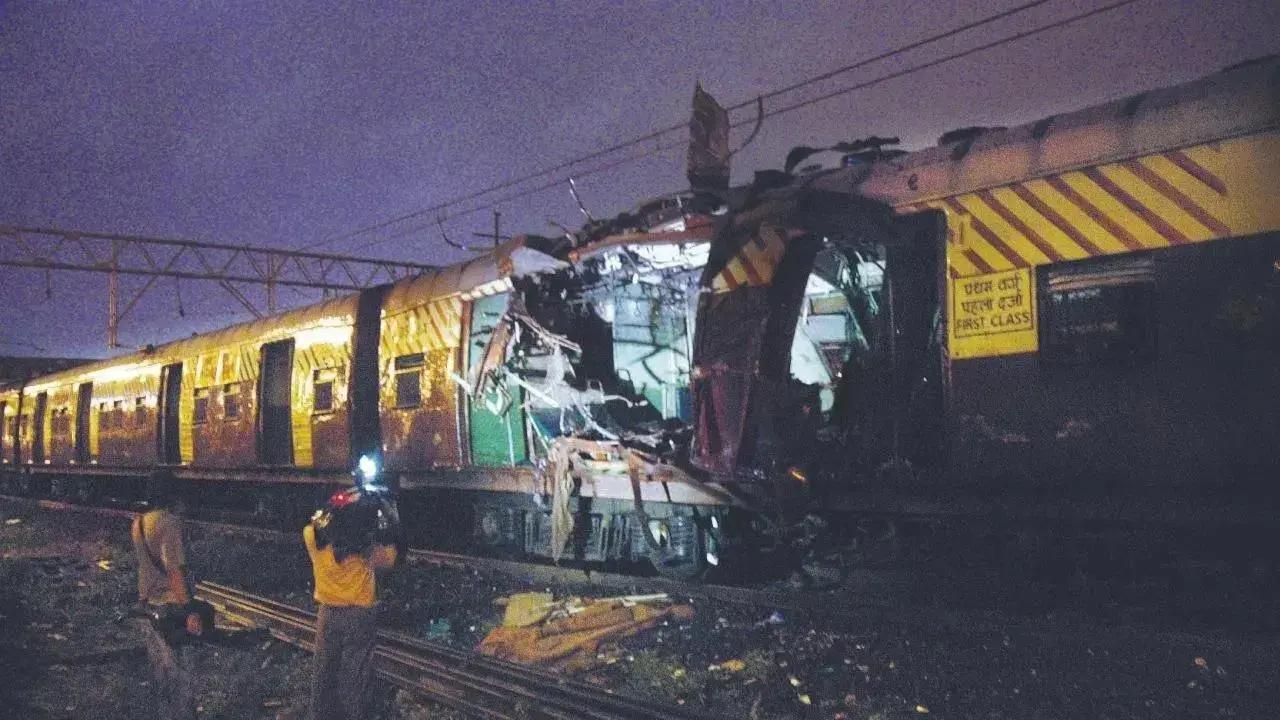On March 13, 2003, at Mulund Station, during the evening rush hour, a bomb detonated in a local train carriage, inflicting havoc and destruction.

Representative Image
Between December 2002 and March 2003, Mumbai experienced a series of bomb attacks, resulting in deaths and injuries. On March 13, 2003, at Mulund Station, during the evening rush hour, a bomb detonated in a local train carriage, inflicting havoc and destruction.
Between December 2002 and March 2003, Mumbai experienced a series of bomb attacks, resulting in deaths and injuries. On March 13, 2003, at Mulund Station, during the evening rush hour, a bomb detonated in a local train carriage, inflicting havoc and destruction.
The explosion occurred around 7:45 pm at Mulund station, a bustling hub on Mumbai's central line. It was hidden in the first-class ladies' compartment. The blast ripped through the carriage, causing considerable damage and a scene of panic.
The immediate aftermath of the 2003 Mumbai train bombing was one of fear, with riders being flung from their seats by the power of the explosion. The first-class compartment received the brunt of the blast, killing several ladies, including two police officers. The adjoining second-class cabin also lost six guys.
Previous bomb blasts had left Mumbai in shock. Three persons were murdered in a blast at Ghatkopar station in December 2002, and two more died in a blast near Vile Parle station in January 2003. The Mulund blast added to the city's dread, as it was part of a sequence of strikes that culminated in the terrible bombings of August 2003.
Investigations into the 2003 Mumbai train bombing
The Mulund blast investigation was protracted and difficult, with investigators looking for evidence and motives behind the crime. Although the specific reasons were unknown, many suspected links to bigger extremist activity.
The key seemed to be vigilance. The police received information of suspicious conduct in Padga, Thane. This tip-off was vital. Investigators followed down on this information, piecing together a network that could be implicated in the explosives. With a concentration on the Padga group, police most likely tracked a trail of evidence, including movement, suspected bomb ingredients, and communication. This might have included witness statements, phone records, and forensic examination of any seized materials.
Following the investigation, officials captured several suspects. The trial, however, was not smooth. Two of the defendants died during the proceedings, and six others remain at large.
A POTA (Prevention of Terrorism Act) court convicted ten of the thirteen suspects. This verdict provided some justice to the victims' families while also helping to dismantle the terror network responsible for the assaults.
However, the Mulund blast left an indelible mark on the city, acting as a sobering reminder of the fragility of peace and the continual possibility of violence.
 Subscribe today by clicking the link and stay updated with the latest news!" Click here!
Subscribe today by clicking the link and stay updated with the latest news!" Click here!










